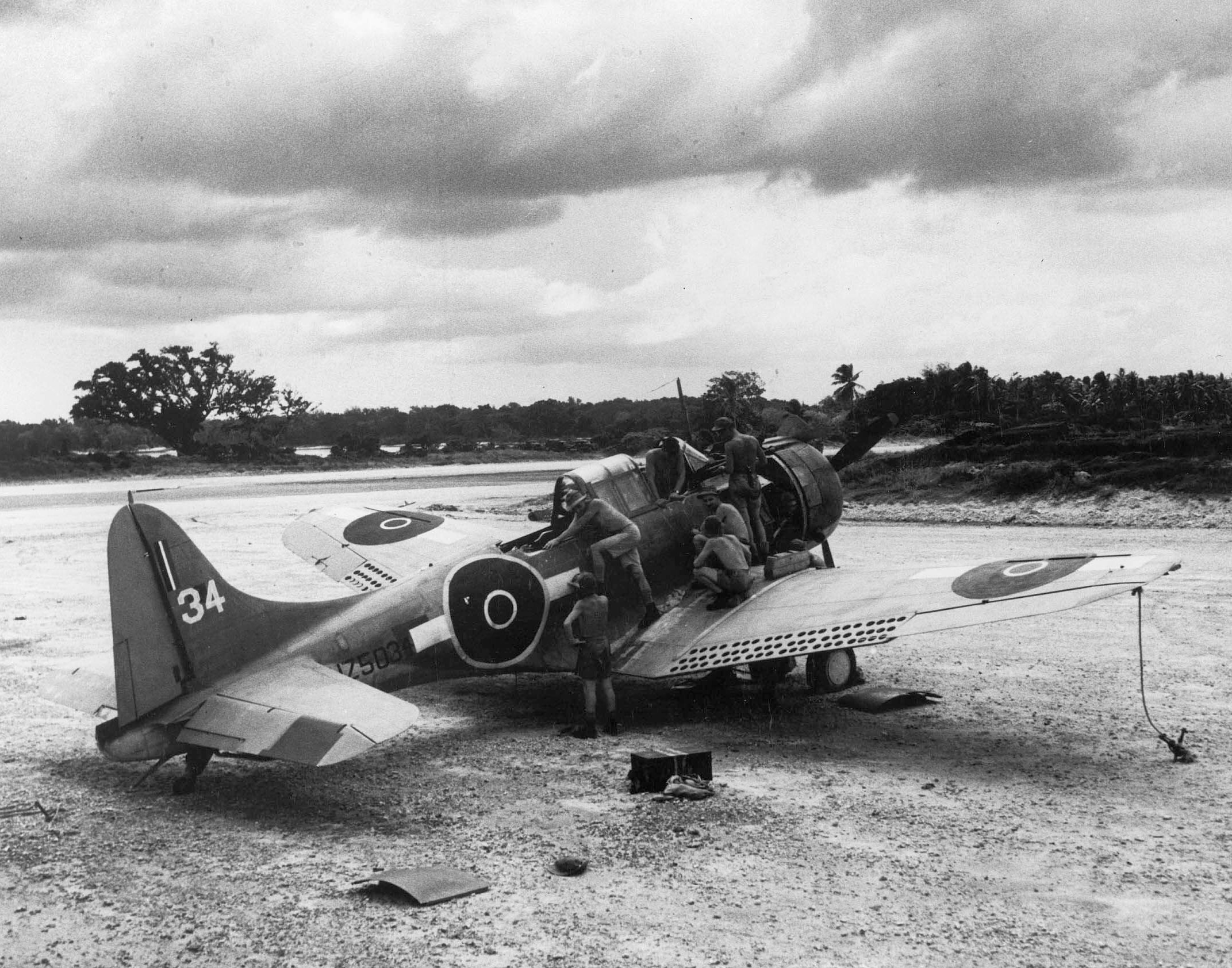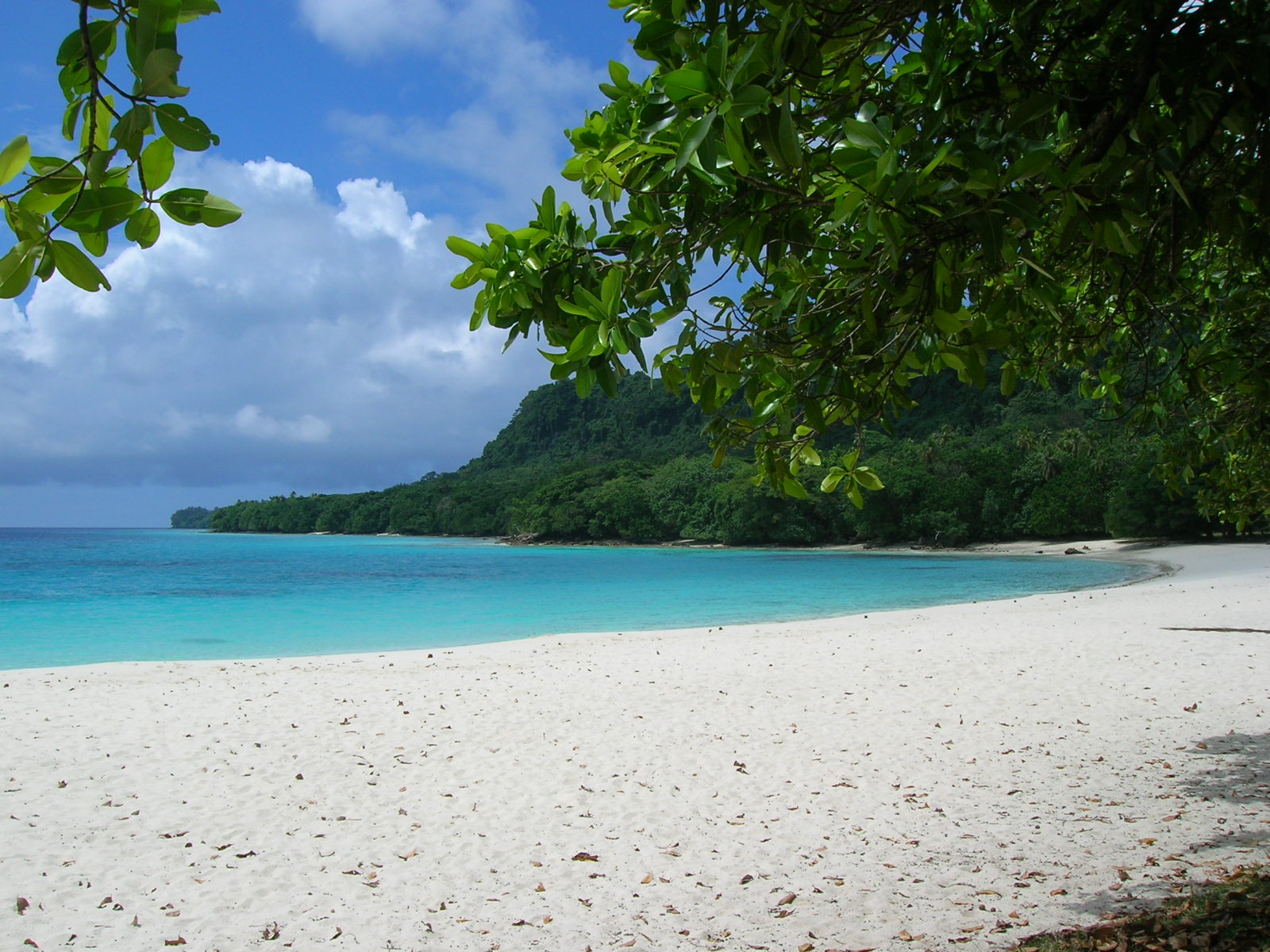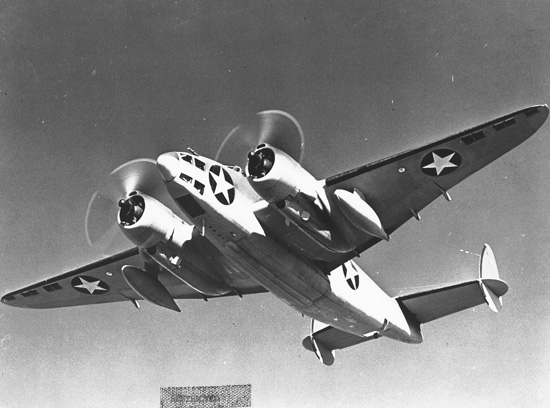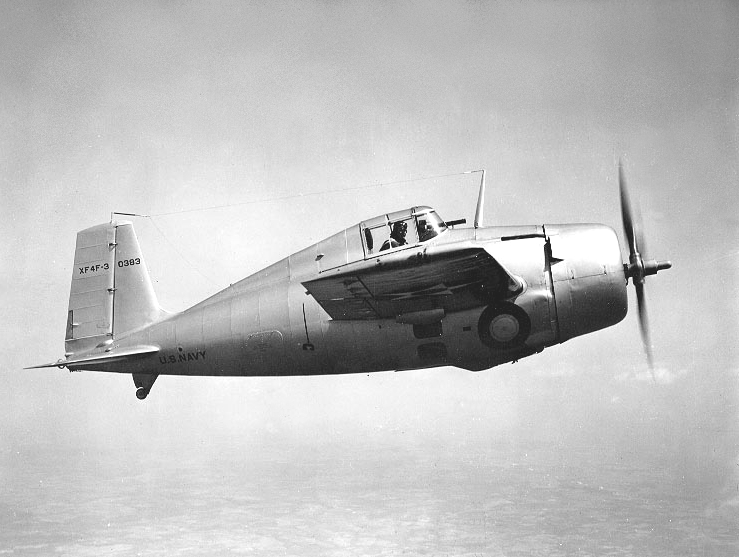|
Pallikulo Bay Airfield
Palikulo Bay Airfield or Bomber Field #1 is a former World War II airfield on the island of Espiritu Santo in the New Hebrides Islands at the Espiritu Santo Naval Base. History World War II The 7th Naval Construction Battalion arrived on Santo on 11 August 1942 and began construction of more extensive air facilities to support the Guadalcanal Campaign. After completing a second fighter airfield at Turtle Bay they began constructing a bomber field at Palikulo Bay. The runway was by built of PSP over a coral base. The 15th Naval Construction Battalion arrived on Santo on 13 October 1942 and added taxiways, revetments, and a extension to the runway for air transport operation. Units of the 5th Bombardment Group based at Palikulo included the 23d Bombardment Squadron operating B-17Es and later B-24s from 1 December 1942 until 3 January 1944, and the 72d Bombardment Squadron and 394th Bombardment Squadron both operating B-17s. On 13 August B-17E #41-2463 of the 394th Bombar ... [...More Info...] [...Related Items...] OR: [Wikipedia] [Google] [Baidu] |
Espiritu Santo
Espiritu Santo (, ; ) is the largest island in the nation of Vanuatu, with an area of and a population of around 40,000 according to the 2009 census. Geography The island belongs to the archipelago of the New Hebrides in the Pacific region of Melanesia. It is in the Sanma Province of Vanuatu. The town of Luganville, on Espiritu Santo's southeast coast, is Vanuatu's second-largest settlement and the provincial capital. Roads run north and west from Luganville, but most of the island is far from the limited road network. Around Espiritu Santo lie a number of small islands and islets; among them are: Dany Island, Araki, Elephant Island, Sakao, Lataroa, Lataro, Thion, Malohu, Malwepe, Malvapevu, Malparavu, Maltinerava, Oyster Island, Tangoa, and Bokissa. Vanuatu's highest peak is the 1879 metre (6165 foot) Mount Tabwemasana in west-central Espiritu Santo. History A Spanish expedition of three ships, led by Portuguese explorer Pedro Fernandes de Queirós, lande ... [...More Info...] [...Related Items...] OR: [Wikipedia] [Google] [Baidu] |
Dictionary Of American Naval Aviation Squadrons
The ''Dictionary of American Naval Aviation Squadrons'' (''DANAS'') is a multivolume work published by Naval Historical Center of the U.S. Department of the Navy's Naval History & Heritage Command. It covers naval aviation in much the same way as the ''Dictionary of American Naval Fighting Ships'' (''DANFS'') covers commissioned vessels. Two volumes have been published to date: Volume 1, covering the history of attack and strike fighter squadrons, and Volume 2, covering the history of patrol squadrons. Other volumes are forthcoming. The squadron histories are quite detailed, typically including sections on lineage, insignia and nickname, chronology of significant events, home port assignments, commanding officers, aircraft assigned, major overseas deployments, airwing assignments, and unit awards received. ''DANAS'' volumes are available online and as PDF files on CD-ROM. Publication data Volume 1 (1995) includes about 140 histories and other data covering every squadron in the ... [...More Info...] [...Related Items...] OR: [Wikipedia] [Google] [Baidu] |
Douglas SBD Dauntless
The Douglas SBD Dauntless is a World War II American naval scout plane and dive bomber that was manufactured by Douglas Aircraft from 1940 through 1944. The SBD ("Scout Bomber Douglas") was the United States Navy's main carrier-based scout/dive bomber from mid-1940 through mid-1944. The SBD was also flown by the United States Marine Corps, both from land air bases and aircraft carriers. The SBD is best remembered as the bomber that delivered the fatal blows to the Japanese carriers at the Battle of Midway in June 1942.Parker, Dana T. ''Building Victory: Aircraft Manufacturing in the Los Angeles Area in World War II,'' pp. 25–34, Cypress, CA, 2013. . The type earned its nickname "Slow But Deadly" (from its SBD initials) during this period. During its combat service, the SBD proved to be an excellent naval scout plane and dive bomber. It possessed long range, good handling characteristics, maneuverability, potent bomb load, great diving characteristics from the perforated dive ... [...More Info...] [...Related Items...] OR: [Wikipedia] [Google] [Baidu] |
Curtiss P-40 Warhawk
The Curtiss P-40 Warhawk is an American single-engined, single-seat, all-metal fighter and ground-attack aircraft that first flew in 1938. The P-40 design was a modification of the previous Curtiss P-36 Hawk which reduced development time and enabled a rapid entry into production and operational service. The Warhawk was used by most Allied powers during World War II, and remained in frontline service until the end of the war. It was the third most-produced American fighter of World War II, after the P-51 and P-47; by November 1944, when production of the P-40 ceased, 13,738 had been built,Murphy and McNiece 2009, p. 83. all at Curtiss-Wright Corporation's main production facilities in Buffalo, New York. P-40 Warhawk was the name the United States Army Air Corps gave the plane, and after June 1941, the USAAF adopted the name for all models, making it the official name in the U.S. for all P-40s. The British Commonwealth and Soviet air forces used the name Tomahawk for models e ... [...More Info...] [...Related Items...] OR: [Wikipedia] [Google] [Baidu] |
Lockheed Ventura
The Lockheed Ventura is a twin-engine medium bomber and patrol bomber of World War II. The Ventura first entered combat in Europe as a bomber with the RAF in late 1942. Designated PV-1 by the United States Navy (US Navy), it entered combat in 1943 in the Pacific. The bomber was also used by the United States Army Air Forces (USAAF), which designated it the Lockheed B-34 (''Lexington'') and B-37 as a trainer. British Commonwealth forces also used it in several guises, including antishipping and antisubmarine search and attack. The Ventura was developed from the Lockheed Model 18 Lodestar transport, as a replacement for the Lockheed Hudson bombers then in service with the Royal Air Force. Used in daylight attacks against occupied Europe, they proved to have weaknesses and were removed from bomber duty and some used for patrols by Coastal Command. After USAAF monopolization of land-based bombers was removed, the US Navy ordered a revised design which entered service as the PV-2 H ... [...More Info...] [...Related Items...] OR: [Wikipedia] [Google] [Baidu] |
Lockheed Hudson
The Lockheed Hudson is a light bomber and coastal reconnaissance aircraft built by the American Lockheed Aircraft Corporation. It was initially put into service by the Royal Air Force shortly before the outbreak of the Second World War and primarily operated by it thereafter. The Hudson was a military conversion of the Model 14 Super Electra airliner, and was the first significant aircraft construction contract for Lockheed — the initial RAF order for 200 Hudsons far surpassed any previous order the company had received. The Hudson served throughout the war, mainly with Coastal Command but also in transport and training roles, as well as delivering agents into occupied France. It was also used extensively with the Royal Canadian Air Force's anti-submarine squadrons and by the Royal Australian Air Force. Design and development In late 1937 Lockheed sent a cutaway drawing of the Model 14 to various publications, showing the new aircraft as a civilian aircraft and converte ... [...More Info...] [...Related Items...] OR: [Wikipedia] [Google] [Baidu] |
Grumman F4F Wildcat
The Grumman F4F Wildcat is an American carrier-based fighter aircraft that entered service in 1940 with the United States Navy, and the British Royal Navy where it was initially known as the Martlet. First used by the British in the North Atlantic, the Wildcat was the only effective fighter available to the United States Navy and Marine Corps in the Pacific Theater during the early part of the Second World War. The disappointing Brewster Buffalo was withdrawn in favor of the Wildcat and replaced as aircraft became available. With a top speed of , the Wildcat was outperformed by the faster (), more maneuverable, and longer-ranged Mitsubishi A6M Zero. US Navy pilots, including John "Jimmy" Thach, a pioneer of fighter tactics to deal with the A6M Zero, were greatly dissatisfied with the Wildcat's inferior performance against the Zero in the battles of the Coral Sea and Midway. The Wildcat has a claimed air combat kill-to-loss ratio of 5.9:1 in 1942 and 6.9:1 for the entire war.Po ... [...More Info...] [...Related Items...] OR: [Wikipedia] [Google] [Baidu] |
VF-71
Fighter Squadron 71 or VF-71 was an aviation unit of the United States Navy. Originally established as Bombing Squadron 7 (VB-7) on 1 July 1939, it was redesignated as VF-71 on 5 November 1940 and disestablished on 7 January 1943. It was the first US Navy squadron to be designated as VF-71. Operational history VF-71 was deployed on board the and in April 1942 supported Operation Calendar to deliver Supermarine Spitfire fighter aircraft to Malta. ''Wasp'' was transferred to the Pacific Fleet in June 1942 and supported the invasion of Guadalcanal in August 1942. Many of the squadron's aircraft were lost in the sinking of the ''Wasp'' on 15 September 1942. The squadron was then land-based at Palikulo Bay Airfield on Espiritu Santo, and some supplemented the defense of Guadalcanal as part of the Cactus Air Force. VF-71 scored seven kills before its disestablishment. See also *History of the United States Navy *List of inactive United States Navy aircraft squadrons *List of United ... [...More Info...] [...Related Items...] OR: [Wikipedia] [Google] [Baidu] |
USS Wasp (CV-7)
USS ''Wasp'' (CV-7) was a United States Navy aircraft carrier commissioned in 1940 and lost in action in 1942. She was the eighth ship named , and the sole ship of a class built to use up the remaining tonnage allowed to the U.S. for aircraft carriers under the treaties of the time. As a reduced-size version of the hull, ''Wasp'' was more vulnerable than other United States aircraft carriers available at the opening of hostilities. ''Wasp'' was initially employed in the Atlantic campaign, where Axis naval forces were perceived as less capable of inflicting decisive damage. After supporting the occupation of Iceland in 1941, ''Wasp'' joined the British Home Fleet in April 1942 and twice ferried British fighter aircraft to Malta. ''Wasp'' was then transferred to the Pacific in June 1942 to replace losses at the battles of Coral Sea and Midway. After supporting the invasion of Guadalcanal, ''Wasp'' was hit by three torpedoes from Japanese submarine on 15 September 1942. The res ... [...More Info...] [...Related Items...] OR: [Wikipedia] [Google] [Baidu] |
Grumman J2F Duck
The Grumman J2F Duck (company designation G-15) is an American single- engine amphibious biplane. It was used by each major branch of the U.S. armed forces from the mid-1930s until just after World War II, primarily for utility and air-sea rescue duties. It was also used by the Argentine Navy, who took delivery of their first example in 1937. After the war, J2F Ducks saw service with independent civilian operators, as well as the armed forces of Colombia and Mexico. The J2F was an improved version of the earlier JF Duck, the main differences being a longer float and a more-powerful engine (900 horsepower versus 775).Allen 1983, p. 49. Development The J2F-1 Duck first flew on 2 April 1936, powered by a 750 hp (559 kW) Wright R-1820 Cyclone, and was delivered to the U.S. Navy on the same day. The J2F-2 had an uprated Wright Cyclone engine of 790 hp (589 kW). Twenty J2F-3 variants were built in 1939 for use by the Navy as executive transports with pl ... [...More Info...] [...Related Items...] OR: [Wikipedia] [Google] [Baidu] |








_in_April_1942.jpg)
_deck_edge_elevator_with_SB2U_1940.jpg)
